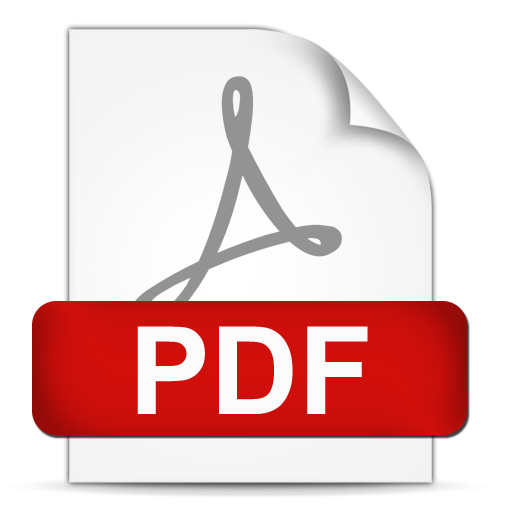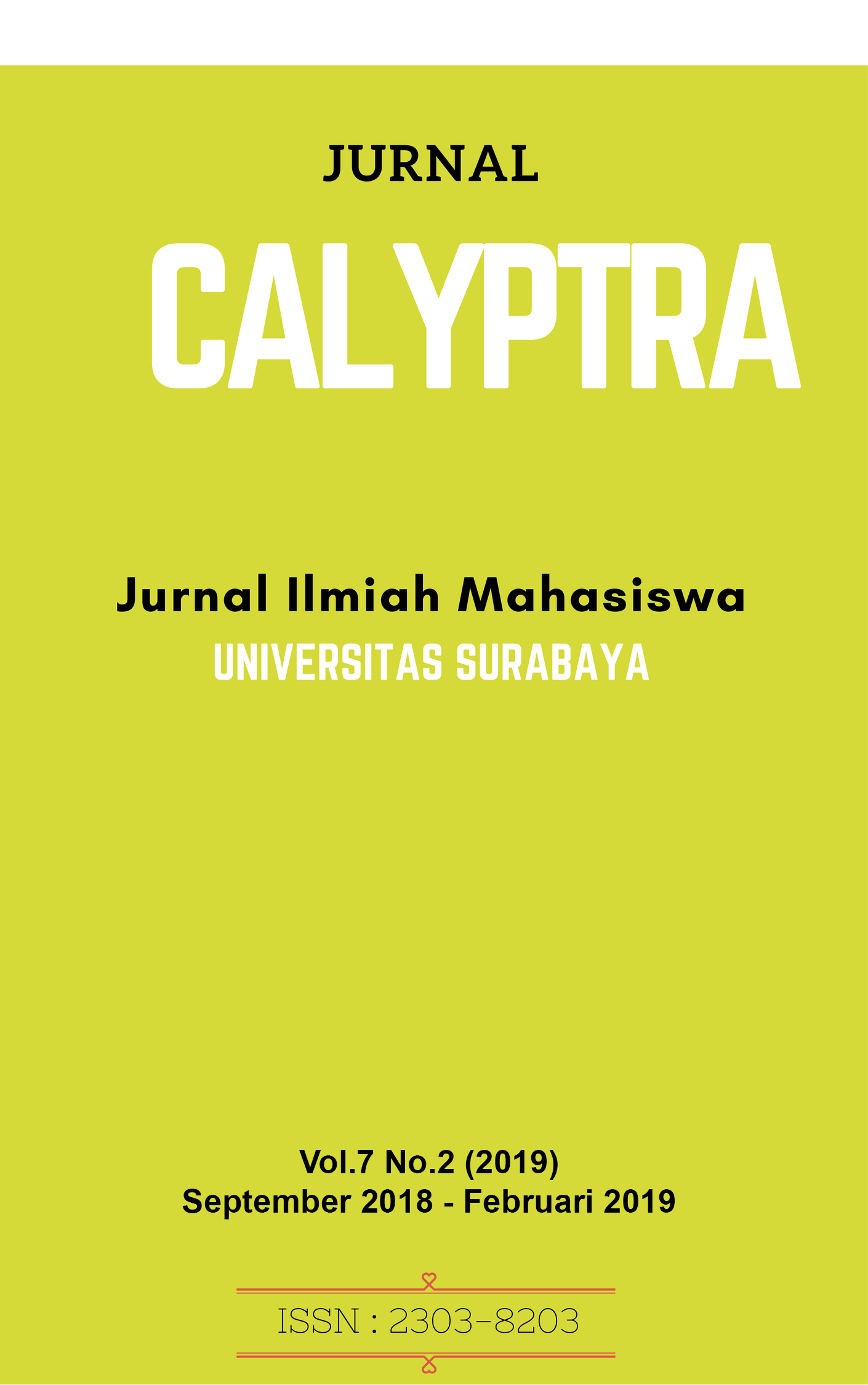PENERAPAN PERENCANAAN PAJAK UNTUK MEMINIMALKAN PEMBAYARAN PAJAK PENGHASILAN PADA PT X DI JAWA TIMUR
 Abstract Views:
509 times
Abstract Views:
509 times
 PDF - FULL TEXT Downloads:
691 times
PDF - FULL TEXT Downloads:
691 times
Abstract
Taxpayers will certainly try to minimize their tax payments. The tax planning undertaken must comply with the tax regulations. The aim of this study is to determine the most appropriate tax planning at PT X. The findings of PT X is that the company has done a good tax planning. However, PT X tax planning can still be optimized. This research is an applied research with qualitative methods to provide a recommendation so that PT X can optimize the tax planning which has an impact on the payment of minimized tax income. The data from this research was obtained from PT X, an automotive batteries manufacturer based company. The strategies proposed by the author to optimize PT X's tax planning is by using a postpaid system for employee’s mobile phones, proving that director’s cars are used solely for operational activities, listing nominative lists related to promotional expenses in accordance with tax regulations, acquiring leased assets, averaging supply methods, and increasing the tax regulations knowledge. This strategy resulted in tax savings of Rp. 51,098,576. Tax savings can be used by the company to perform other operational activities.
Downloads
References
Muljono, Djoko. 2009. Tax Planning: Menyiasati Pajak dengan Bijak. Yogyakarta: Penerbit CV Andi Offset.
Peraturan Menteri Keuangan No. 1169/KMK.01/1991 tentang Kegiatan Sewa Guna Usaha
Peraturan Menteri Keuangan Nomor 02/PMK.03/2010 tentang Biaya Promosi yang dapat Dikurangkan dari Penghasilan Bruto
Pohan, Chairil Anwar. 2013. Manajemen Perpajakan, Edisi Revisi. Jakarta: Penerbit PT Gramedia Pustaka Utama.
Resmi, Siti. 2008. Perpajakan: Teori dan Kasus, Edisi 4. Jakarta: Penerbit Salemba Empat.
Surat Edaran Direktur Jenderal Pajak No. SE-09/PJ.42/2002 tentang Perlakuan Pajak Penghasilan atas Biaya Pemakaian Telepon Seluler dan Kendaraan Perusahaan
UU No. 36 Tahun 2008 tentang Pajak Penghasilan
- Articles published in CALYPTRA are licensed under a Creative Commons Attribution-ShareAlike 4.0 International license. You are free to copy, transform, or redistribute articles for any lawful purpose in any medium, provided you give appropriate credit to the original author(s) and the journal, link to the license, indicate if changes were made, and redistribute any derivative work under the same license.
- Copyright on articles is retained by the respective author(s), without restrictions. A non-exclusive license is granted to CALYPTRA to publish the article and identify itself as its original publisher, along with the commercial right to include the article in a hardcopy issue for sale to libraries and individuals.
- By publishing in CALYPTRA, authors grant any third party the right to use their article to the extent provided by the Creative Commons Attribution-ShareAlike 4.0 International license.



